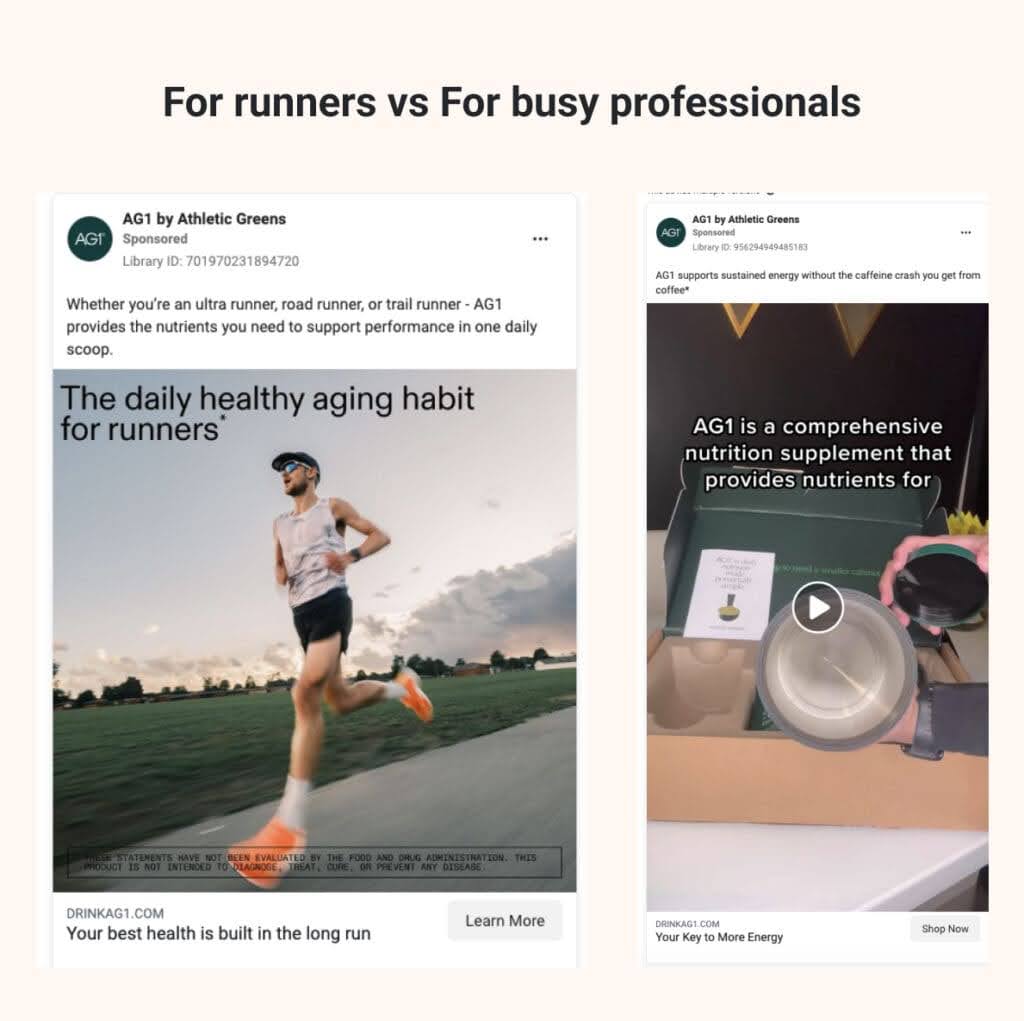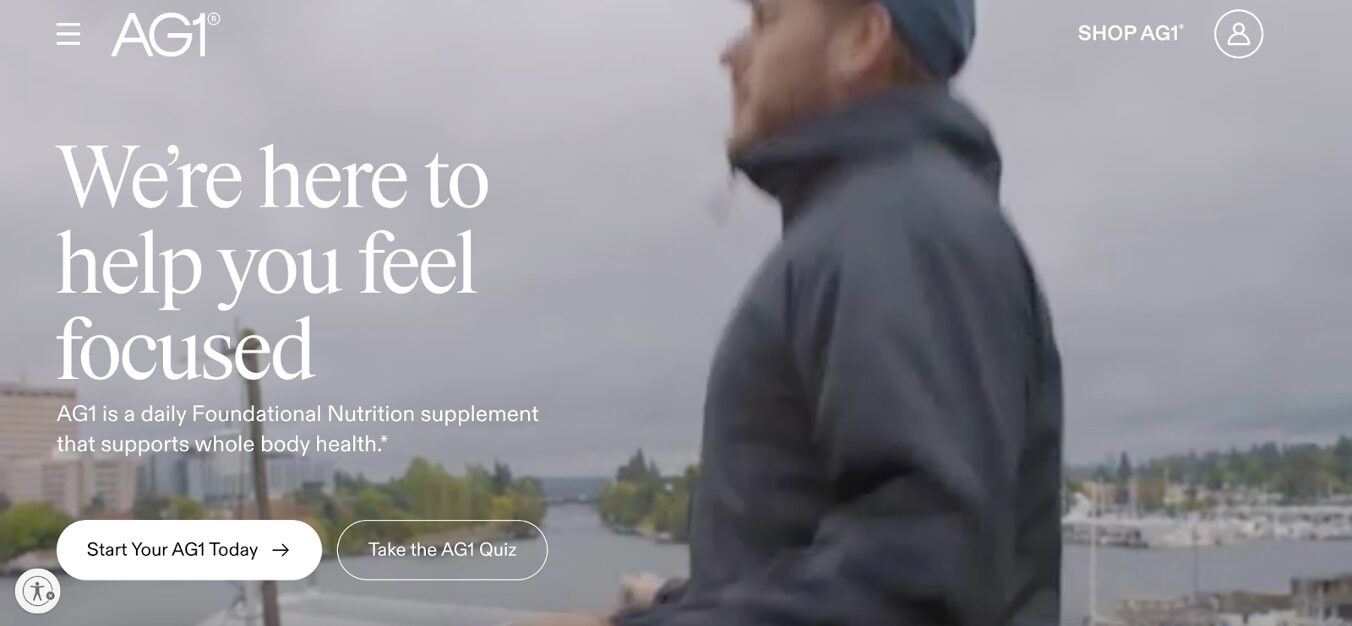- Blog
- What are High-Quality Leads & How to Generate More?
What are High-Quality Leads & How to Generate More?
-
Barbara Bartucz
- Conversion
- 6 min read
Table of Contents
Ever wonder why some sales calls lead to closed deals while others end in frustration? The difference often lies in the quality of the leads.
Understanding what makes a lead high quality can transform your marketing efforts, save you time, and boost your conversion rates.
This article is your secret guide to the world of high-quality leads. We’ll show you how to identify these golden prospects, the difference between high- and low-quality leads, and how to craft a strategy that reels them in faster than you can say “sales funnel.”
So, grab your metaphorical rod and tackle box, and let’s dive in!
What is a quality lead?
Not all leads are created equal. Some might download your ebook but never convert, while others actively research your product and are ready to buy. The difference? Their quality.
High-quality leads are your ideal prospects: they fit your target market perfectly and show genuine interest in what you offer.
They’re the ones who turn into loyal customers and boost your bottom line. That’s why quality-based lead generation is so important.
High vs low-quality leads
So, how do you tell the difference between a promising prospect and a dead end when it comes to new leads who converted through your marketing campaigns?
Here’s a breakdown of what separates high-quality leads from their low-quality counterparts.

High-quality leads:
- Engaged: High-quality leads actively engage with your brand. They click on emails, download resources, or participate in webinars, indicating strong interest.
- Targeted: Quality leads fit your ideal customer profile, including demographics such as age, location, job role, and industry. They align perfectly with your target audience and are more likely to convert.
- Ready to buy: These leads are at a stage in their buyer’s journey where they’re ready to make a decision. They understand their pain points and are seeking a solution, making them higher-quality leads.
- Qualified: These leads have the budget, need, and authority to purchase. They meet all the criteria of your lead qualification process, ensuring they’re ready to move through the sales funnel.
Low-quality leads
- Unengaged: Low-quality leads show little to no interest in your brand. They might have signed up for a freebie but never interacted further, making them less likely to convert into paying customers.
- Misaligned: These leads don’t fit your target customer profile. They might be outside your service area or in an industry you don’t cater to. Your time and marketing efforts are wasted on them.
- Not ready: These leads are just beginning their research and are not ready to make a purchase decision. They’re in the early stages of the buyer’s journey and aren’t yet ready for conversion.
- Unqualified: These leads lack the budget or authority to make a buying decision. They do not meet the criteria for qualified leads and are unlikely to move through the sales funnel successfully.
Why is quality important in lead generation?
High-quality leads are more engaged, better aligned with your offerings, and actively seeking solutions to their needs.
When you focus on generating high-quality leads, your marketing campaigns become more effective.
These higher-quality leads are already primed for your messages, reducing the amount of time and resources needed to nurture them through the funnel. As a result, you experience higher conversion rates, with more leads turning into customers.
By allocating resources toward leads that are more likely to convert, you optimize your marketing spend and maximize the impact of your campaigns. This yields a higher return on investment.
Why are you getting bad leads?
If you notice that many of your leads aren’t converting or aren’t a good fit for your business, several factors could be at play:
1. Ineffective targeting
If your marketing efforts aren’t reaching the right target audience, you might be attracting individuals who aren’t interested in your offerings or who simply aren’t potential paying customers.
Rethinking your target audience and refining your targeting criteria can help improve lead quality.
2. Lack of qualification criteria
Without clear qualification criteria, you might waste resources chasing individuals who aren’t a good fit for your business.
Qualification criteria ensure that the leads you generate meet certain standards, such as demographic characteristics, budget, need, and authority.
Establishing clear qualification criteria helps filter out unsuitable leads and focuses your efforts on those with the highest potential for conversion.
3. Poorly optimized lead generation channels
If your lead generation channels aren’t optimized, you might attract low-quality leads.
For example, if your blog is optimized for irrelevant keywords on Google, you may attract traffic that isn’t interested in what you offer.
Similarly, badly targeted social media campaigns can waste resources on individuals who are unlikely to become paying customers.
4. Lack of lead nurturing
Failing to nurture high-quality leads throughout the buyer’s journey can lead to lost opportunities. Without providing valuable content, engaging with them, and guiding them through the sales funnel, they may lose interest or choose a competitor. If this happens, you’ll likely be left with lower-quality leads.
Implementing a lead nurturing strategy keeps high-quality leads engaged and increases their likelihood of conversion.
5. Misalignment between marketing and sales
If marketing teams generate leads that sales teams can’t handle or that don’t meet their expectations, it leads to frustration and wasted resources.
Aligning marketing and sales efforts, establishing clear communication channels, and defining lead handoff processes ensures that leads are effectively managed and nurtured.
How to generate more quality leads?
Ready to start generating high-quality leads? Let’s break down how you can do it.
1. Create targeted content
When crafting a blog post, a Facebook ad, or a TikTok video, focus on creating content that resonates with your target audience’s needs, pain points, and interests.
By creating content that’s relevant and targeted, you attract high-quality leads who are genuinely interested in your offerings and are more likely to engage with your brand.
If you have multiple ideal customer profiles (ICPs), it’s crucial to create targeted content for each segment to generate more leads.
For example, see how AG1 created specific ads for runners and busy professionals. (We’ll discuss the importance of segments in more detail later.)

2. Optimize your website
Your website is often the first point of contact for potential leads, so it’s essential to optimize it for lead generation to attract high-quality leads.
Include clear and prominent calls-to-action (CTAs) on every page to encourage visitors to take action. This strategy helps generate quality leads who are more likely to engage with your product or service.
Implement lead capture forms strategically throughout your site, both embedded into the website and on popups. This way, you’ll capture information from leads who have shown interest in your offerings.
Here’s another great example from AG1. They promote their lead generation quiz embedded on their website above the fold as a secondary CTA button:

To maximize their marketing strategy, they also promote it on a popup:

3. Promote lead magnets
We all love freebies!
So why not offer valuable resources, such as ebooks, discounts, or free gifts in exchange for contact information?
This strategy helps you generate high-quality leads by attracting individuals genuinely interested in your product or service.
Promote these lead magnets on exit-intent popups as a secondary offer.
This tactic captures potential leads who might otherwise leave your site without engaging, ensuring your sales team has a steady stream of qualified leads.
4. Ask for more info
When capturing lead information, don’t just settle for basic contact details. Ask for additional information about their interests, needs, or specific challenges potential customers may be facing.
This helps you better understand your leads and tailor your follow-up efforts accordingly.
For example, a lead capture form might include a question about what specific problem a visitor is looking to solve or which products they’re most interested in.
This extra information allows your sales and marketing teams to segment and target leads more effectively, increasing the chances of conversion.
5. Segment email lists
Not all leads are the same, so your email marketing efforts shouldn’t be either.
Segment your email lists based on factors such as demographics, interests, or past behavior.
Targeted emails deliver more relevant content and offers, boosting engagement and conversion rates.
By tailoring your messages for each group, you show that you understand their unique needs. This will help you increase the chances that they’ll convert into paying customers.
6. Ask for referrals
One of the most effective ways to generate high-quality leads is to leverage your existing customer base.
Encourage satisfied customers to refer their friends, colleagues, or contacts to your business. Offer incentives or rewards for referrals (such as discounts, freebies, or entries into a prize draw) to motivate your customers to spread the word.
Referral leads are often more likely to convert than other leads. Why? Because you’ve been recommended to them by someone they know and trust.
FAQ
How can I improve lead quality?
Improving lead quality involves refining your lead generation strategies to target the right audience, creating relevant and engaging content, optimizing your website for lead capture, and implementing a robust lead qualification process. Additionally, aligning your sales and marketing teams ensures that leads are effectively managed and nurtured.
What is lead scoring and how does it help?
Lead scoring is a method used to rank leads based on their likelihood of converting into customers. It assigns values to leads based on various factors such as engagement level, demographic information, and buying intent. Lead scoring helps sales teams prioritize leads and focus on the ones with the highest potential for conversion.
What are lead magnets and why are they important?
Lead magnets are valuable resources offered in exchange for contact information. Examples include ebooks, discounts, and free trials. Lead magnets are important because they attract high-quality leads who are genuinely interested in your offerings, providing you with valuable contact details so you can nurture them further.
How do I know if my lead generation strategy is working?
You can measure the effectiveness of your lead generation strategy by tracking key metrics such as conversion rates, engagement levels, and the number of qualified leads generated. Regularly review and analyze these metrics to identify areas for improvement and make necessary adjustments to your strategy.
Wrapping up
Focusing on leads that are a good fit for your business can transform your marketing strategy.
By identifying the right people, creating content that engages them, and optimizing your lead generation strategy, you can attract high-quality leads who are more likely to convert.
If you don’t want to go it alone, get OptiMonk for free. Remember, it’s not just about generating high-quality leads—it’s about connecting with the right ones!
Migration has never been easier
We made switching a no-brainer with our free, white-glove onboarding service so you can get started in the blink of an eye.

What should you do next?
Thanks for reading till the end. Here are 4 ways we can help you grow your business:
Boost conversions with proven use cases
Explore our Use Case Library, filled with actionable personalization examples and step-by-step guides to unlock your website's full potential. Check out Use Case Library
Create a free OptiMonk account
Create a free OptiMonk account and easily get started with popups and conversion rate optimization. Get OptiMonk free
Get advice from a CRO expert
Schedule a personalized discovery call with one of our experts to explore how OptiMonk can help you grow your business. Book a demo
Join our weekly newsletter
Real CRO insights & marketing tips. No fluff. Straight to your inbox. Subscribe now
Barbara Bartucz
- Posted in
- Conversion
Partner with us
- © OptiMonk. All rights reserved!
- Terms of Use
- Privacy Policy
- Cookie Policy
Product updates: January Release 2025








